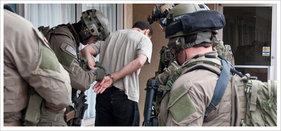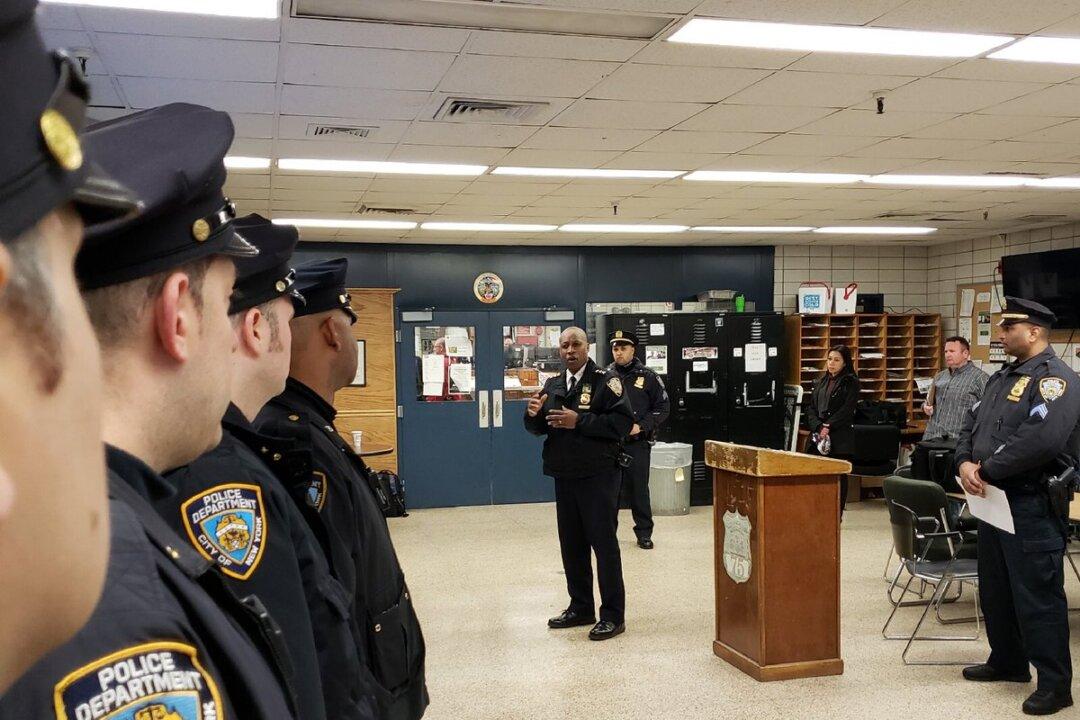Workplace violence has reached staggering proportions throughout America and every community is a potential victim.
The Occupational Safety and Health Administration (OSHA) defines workplace violence as “violence or the threat of violence against workers … that can occur at or outside the workplace and range from threats and verbal abuse to physical assaults and homicide…”
OSHA states that 2 million workers are victims of workplace violence each year. These include homicides, aggravated assaults, robberies, rapes, and sexual assaults.
The health, safety, and welfare of American workers deserve intensified security training, violence prevention, and crisis management measures.

FBI SWAT team making an arrest. Courtesy of FBI





